Officials near the San Diego border, one of the most frequented places where migrants cross into the US, are raising alarm bells about one unintended consequence of the border crisis: the risk of wildfires.
As California approaches the summer, higher temperatures and drier conditions could make the fires that migrants set for cooking and warmth contribute to an already growing wildfire risk in the state.
El Cajon Mayor

Bill Wells is the mayor of El Cajon, a city located in San Diego County. During the past weekend, he commented on a video that captured migrants tearing down a tree for firewood.
“Another day, another influx of illegal immigration in San DiegoYou’ll see a group of illegals tearing down a tree for fire wood. While others wait for Border Patrol to take them to the Iris Avenue transit station,” Wells wrote on X.
Threat of Wildfires

Jim Desmond, County Commissioner of San Diego County, worries about the threat of open flames started by migrants, which can sometimes be left unattended and started in bad situations.
‘The threat of wildfires is constant in San Diego County,” Desmond said. “’We’ve had some horrific incidents in the past, and seeing open flames burning, especially near power poles, is a recipe for disaster. This is just another example of the dangers of illegal immigration.’
California In a Crisis
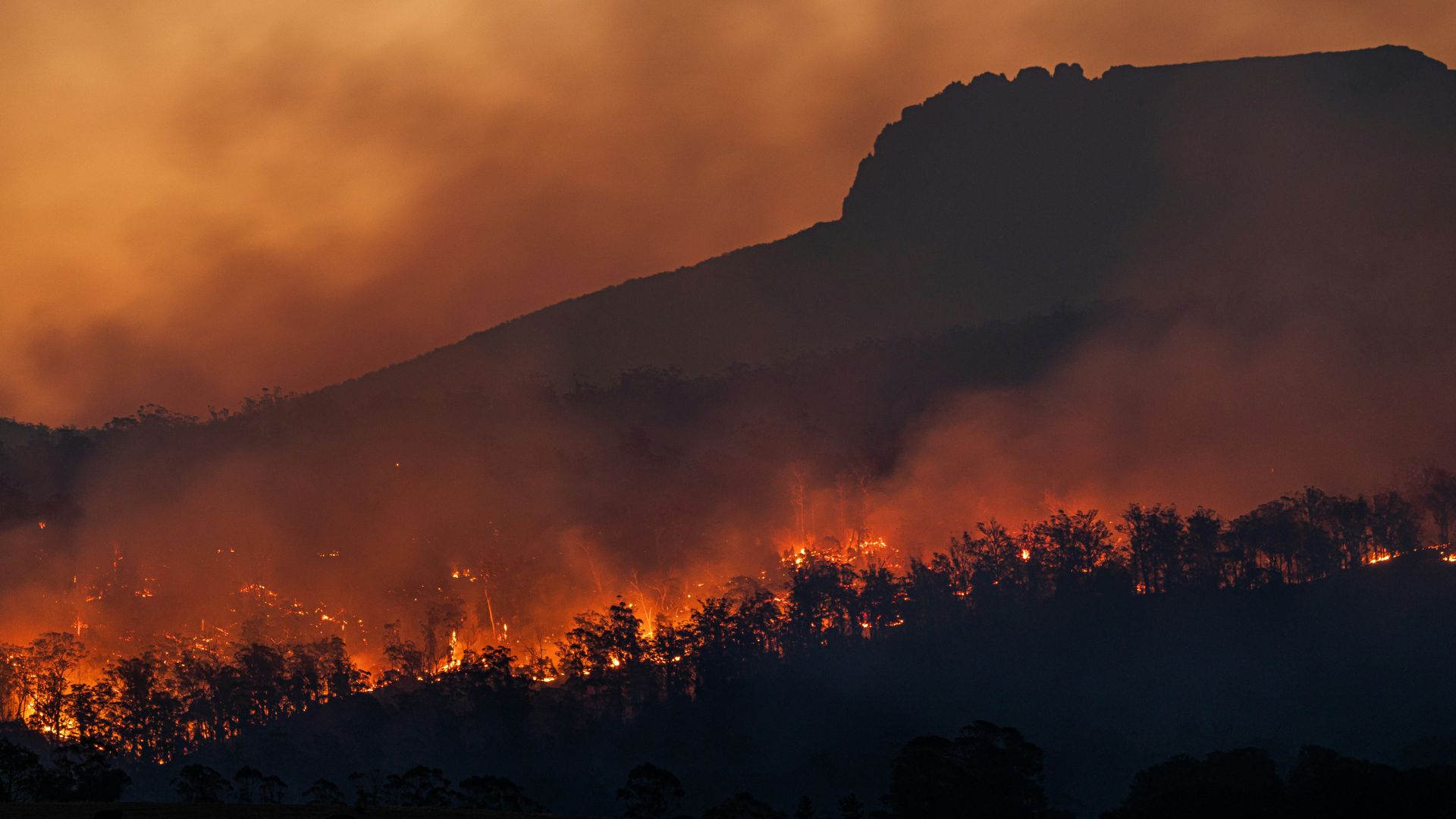
A combination of recent megadroughts and rising average temperatures spurred on by a changing climate has made the wildfire risk in the state so high that insurers have been pulling out of the insurance market entirely.
According to Calmatters in 2022, half of the state’s 20 largest fires occurred in the previous five years.
Unfair Standards
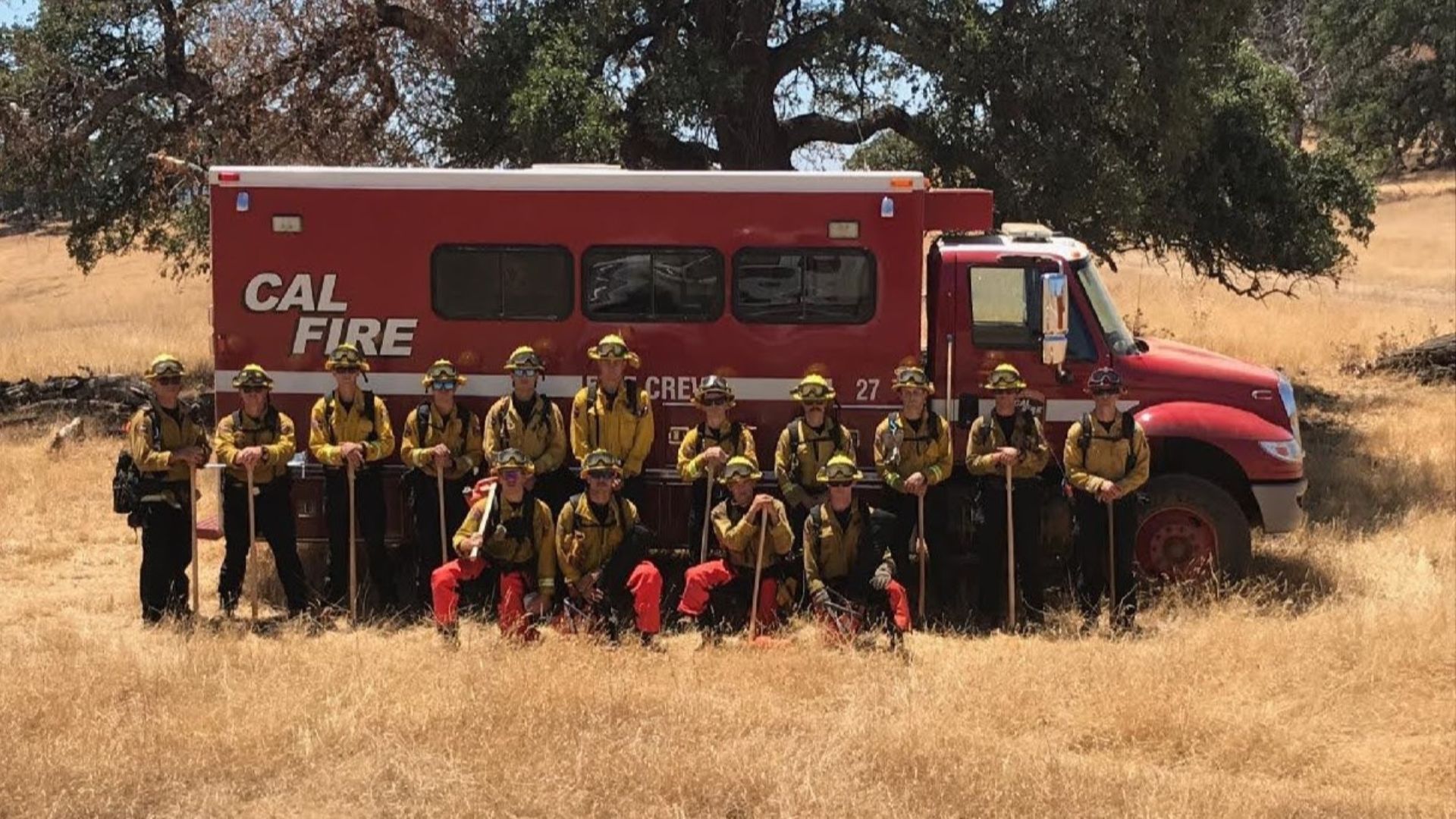
Some residents in San Diego complained about the unfair standards they have to deal with while migrants can set fires whenever they want, something that is heavily restricted in California.
“Meanwhile I can’t get fire insurance in north county San Diego after it was cancelled. My neighbors too. And who will pay for the inevitable fires they start with this wind? Make it make sense,” one X user wrote.
Fire Permits

According to the US Forest Service, people need to obtain a proper permit to light a campfire in California.
This is done to ensure that anyone creating a fire is familiar with safety procedures and concerns so that a wildfire cannot start and devastate the surrounding area. However, migrants are starting fires without having to obtain this permit.
Waiting for Border Patrol

One reason that migrants are setting fires is that they often have a long wait before they are discovered by the Border Patrol so they can start an asylum claim.
Some migrants have to wait for hours, even several days before they can be spotted by Border Patrol whose resources are strained by the recent record migrant crossings.
Recent Influx
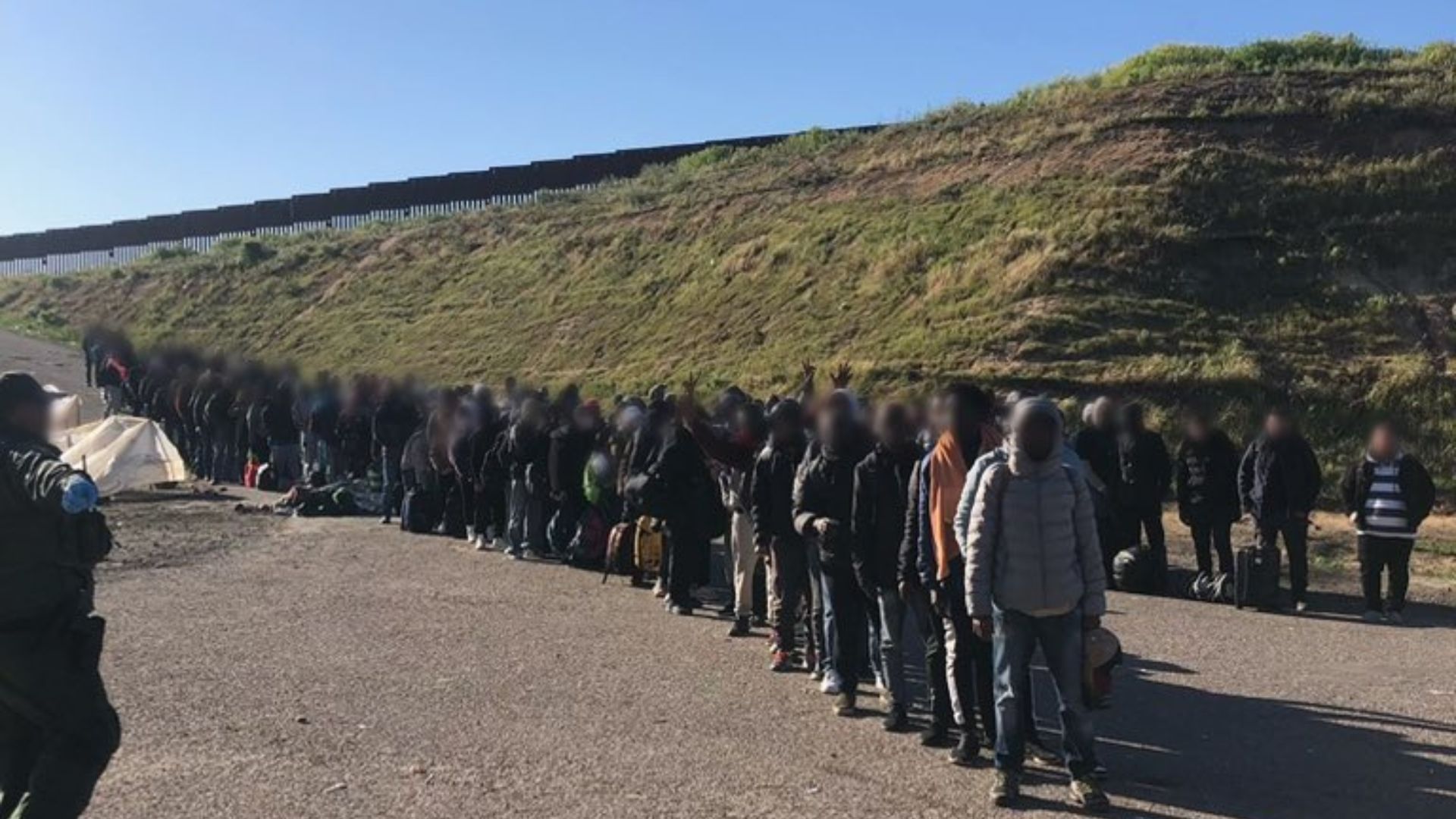
Migrant encounters have increased substantially in recent months, culminating in a record 250,000 encounters in December 2023.
As the weather starts to warm up again, experts fear that a new wave of immigration is coming as travel conditions improve.
Southern Border Swell
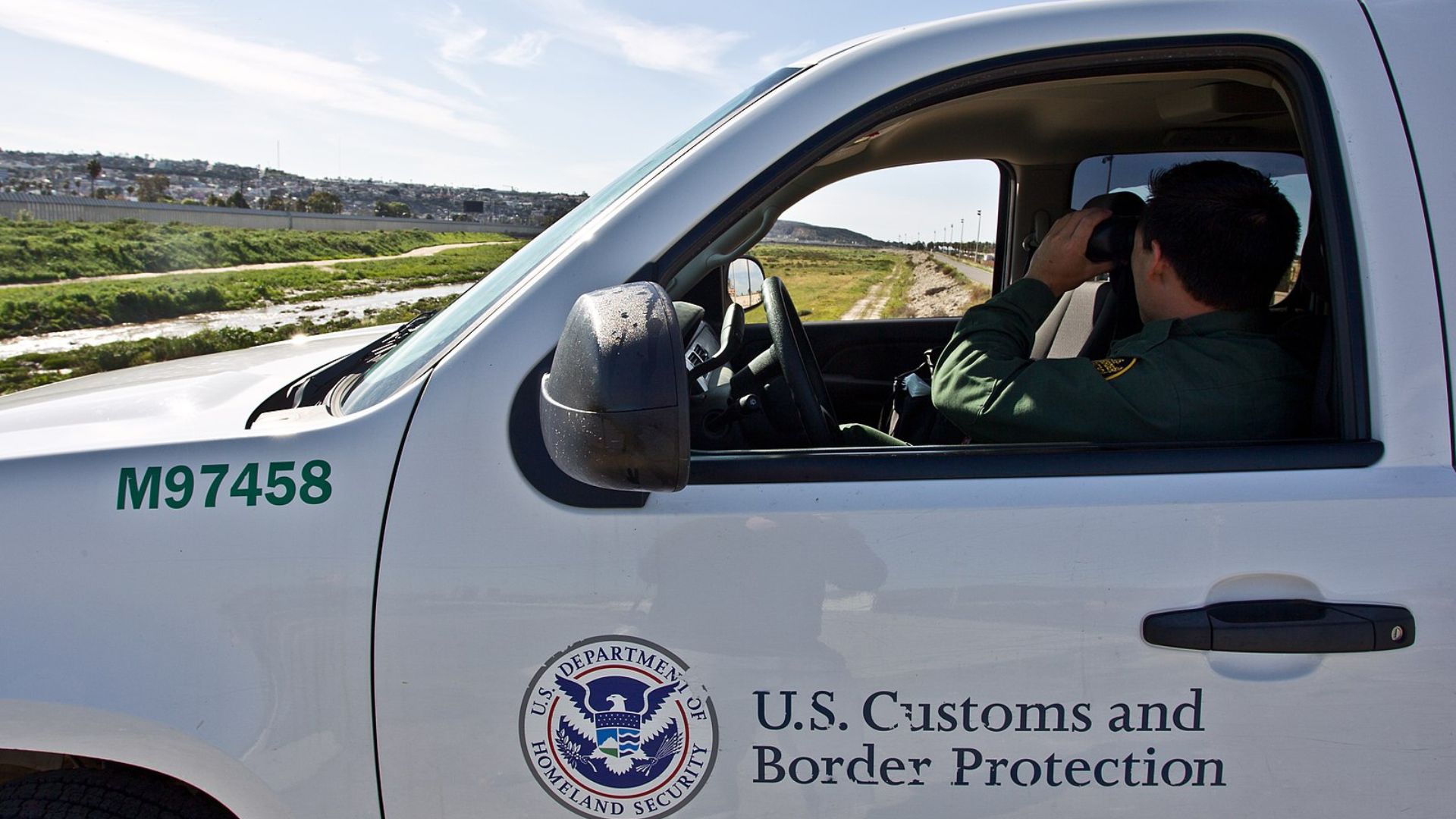
In the Spring, border observers and immigration analysts typically predict a dramatic increase in the number of people trying to cross.
Despite efforts among southern states like Texas to increase fortification and security on the border, experts are still making this prediction.
Darien Gap
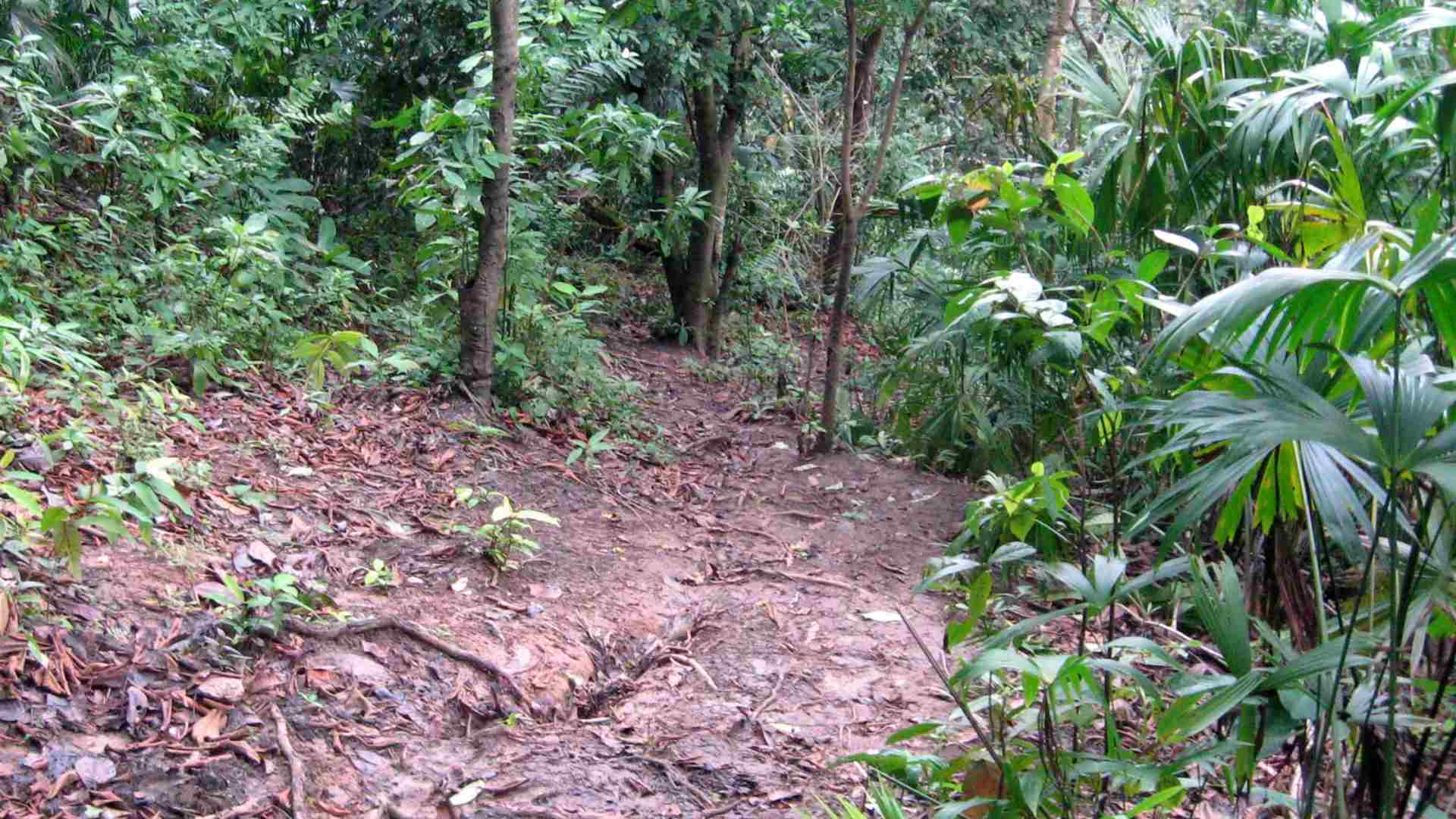
One area of interest immigration analysts are looking at is the Darien Gap, a particularly difficult stretch of jungle terrain to cross that acts as a way to tell how determined asylum seekers are to make the crossing.
“We’ve seen that in the Darien, slowly the numbers of Venezuelans have been increasing, and we would expect that some of them will also potentially slowly make it over to the United States,” said Ariel Ruiz Soto, a senior policy analyst at the Migration Policy Institute.
Moving Away From Texas

Migrants are increasingly avoiding fortified areas like Eagle Pass in Texas after recent efforts by the state government to ramp up security.
“I was in Eagle Pass – right? – in the Rio Grande, and I talked to folks who assist migrants, and they said it’s been pretty quiet lately. Now, if you ask Texas officials, they tell you the shift is due to the state’s Operation Lone Star border security initiative,” said NPR reporter Segio Martinez-Beltran.
Upcoming Summer Months
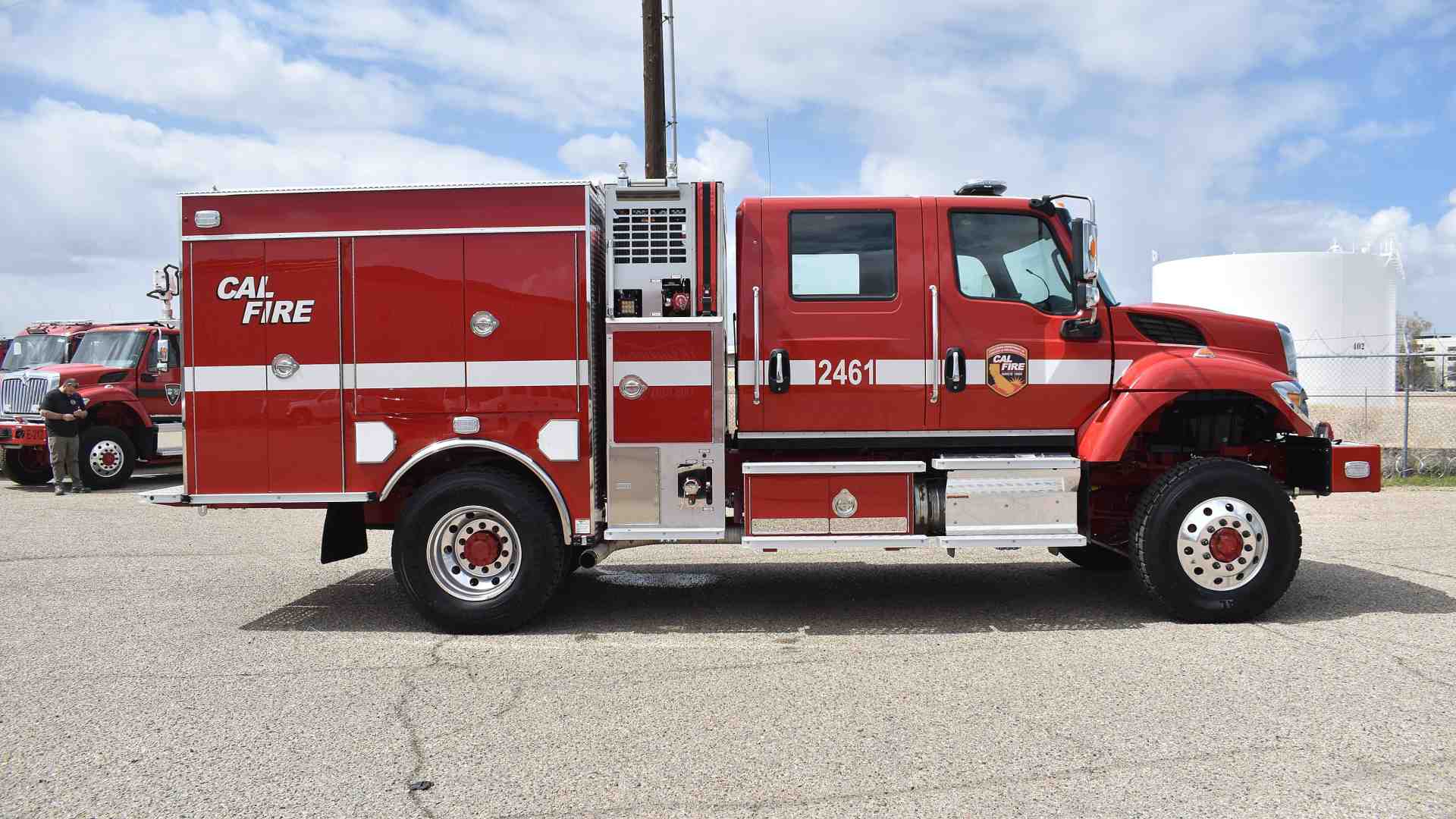
As conditions in California continue to change, researchers have discovered that the state’s wildfire season has continued to lengthen over the past couple of decades.
This has caused the peak of the season to shift from August to July. Researchers also found that the number of “hot spot” areas with severe wildfire risk has grown considerably, which causes fires to become larger and more frequent.
